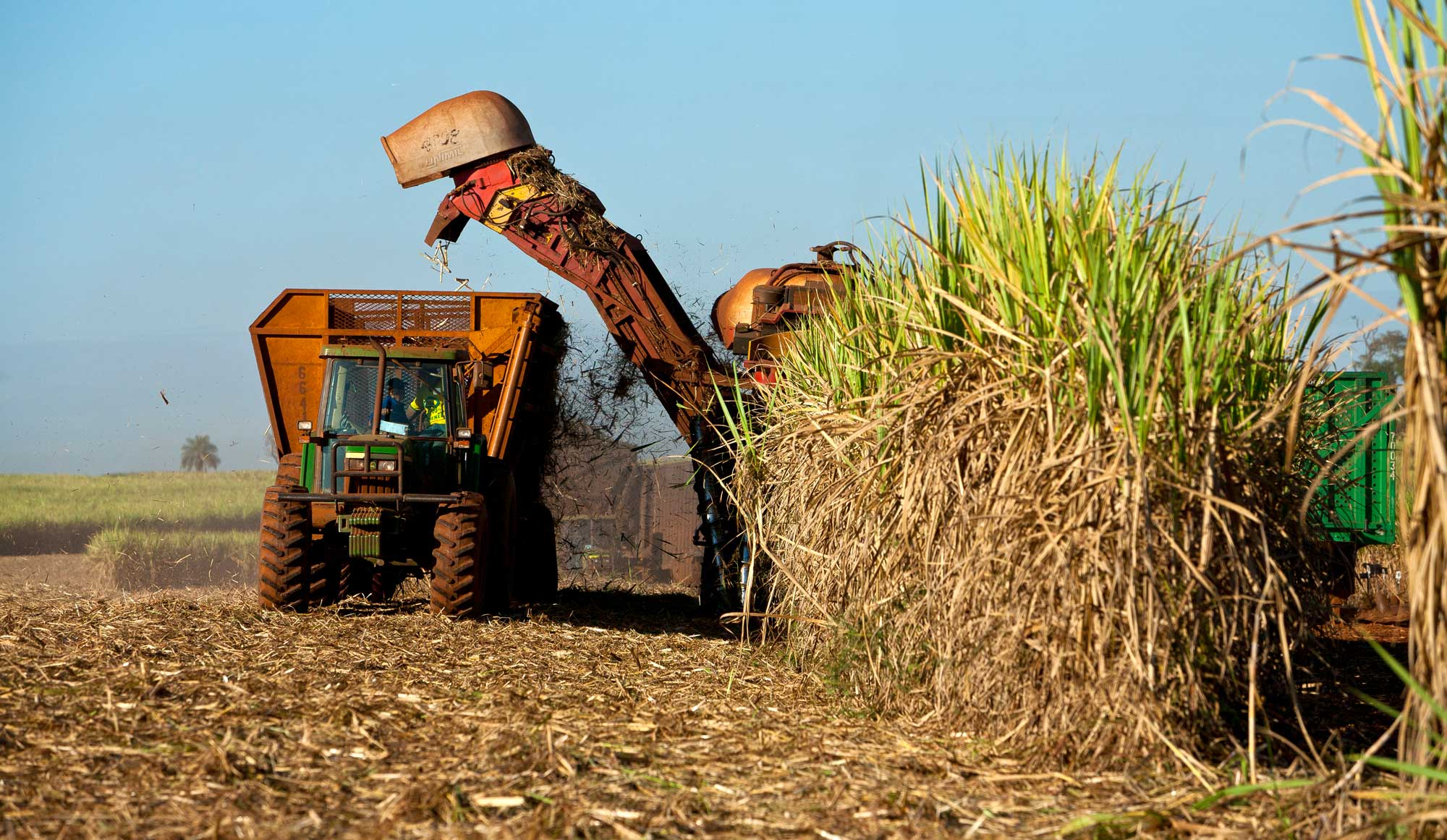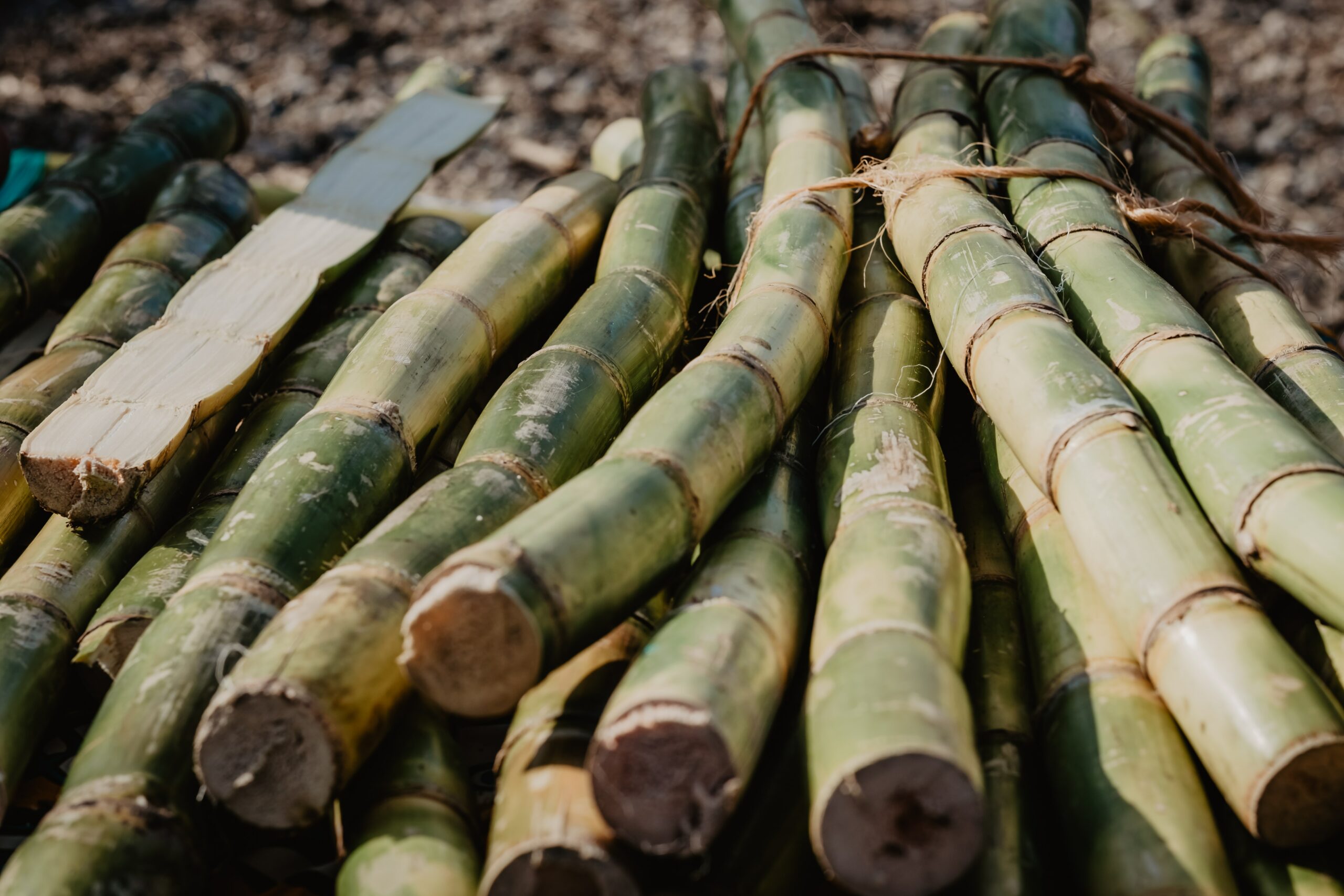Everything About Sugar Canes: What Are Sugar Canes Used For and Their Function in Global Agriculture?
Sugar walking canes function as a keystone of global agriculture, largely recognized for their role in sugar manufacturing. They also add to the creation of spin-offs like molasses and ethanol. These facets not only sustain different industries yet also influence economic stability in country regions. Nonetheless, the cultivation of sugar walking canes deals with substantial environmental difficulties. Recognizing their multifaceted function prompts more exploration right into their agricultural methods and sustainability efforts.
The Agricultural Process of Sugar Cane Growing
Sugar walking cane cultivation might differ by region, the fundamental agricultural procedure continues to be consistent. The very first action entails selecting high-yielding varieties ideal for local environments. Preparation of the soil is vital, usually requiring tillage and the addition of plant foods to improve fertility. Planting typically occurs throughout the stormy season, with farmers utilizing either entire stalks or cuttings to develop new crops.As the plants grow, they need diligent care, consisting of weed control, parasite management, and irrigation, depending on the environmental conditions. Farmers check the sugar walking stick's development cycle, which generally extends 10 to 24 months, prior to collecting. Collecting is labor-intensive, often conducted manually or with specialized machinery, making sure very little damages to the stalks. Complying with harvest, the walking stick is carried to processing facilities. This precise farming process not just sustains regional economic climates however also plays a significant duty in international agricultural techniques, contributing to food and power materials.
Sugar Production: From Cane to Crystal
The trip of sugar production begins the minute newly harvested sugar walking cane reaches refining facilities. The primary step entails chopping the walking stick and washing to prepare it for removal. Utilizing high-pressure rollers, the juice is extracted from the crushed walking cane, leading to a pleasant liquid called sugarcane juice. This juice undergoes explanation, where impurities are gotten rid of via the addition of lime and heat.Next, the clarified juice is focused by steaming it to create a thick syrup. This syrup is then taken shape by cooling, enabling sugar crystals to develop. The crystallized sugar is separated from the staying syrup, called molasses, via centrifugation.Finally, the sugar crystals are washed and dried out, resulting in the acquainted granulated sugar (What Are Sugar Canes Used For). This process changes raw sugar cane into an item that is important to various culinary and industrial applications, highlighting the significance of sugar in international agriculture
Biofuels and Sugar Canes: A Lasting Future
As the world significantly seeks lasting energy options, sugar canes have arised as a promising source for biofuels. The biomass acquired from sugar canes can be exchanged ethanol, an eco-friendly gas alternative that markedly minimizes greenhouse gas discharges contrasted to fossil gas. This procedure not just offers a cleaner energy resource yet also advertises power independence for several countries.In enhancement, sugar cane growing sustains country economies by producing jobs in both farming and biofuel production industries. Making use of sugar walking sticks for biofuel manufacturing additionally encourages agricultural diversification, which can improve soil health and wellness and lower dependence on solitary crops. The spin-offs of sugar walking cane handling can be used for electricity generation, furthermore contributing to a lasting energy cycle. As nations venture to satisfy sustainable power targets, sugar walking sticks are positioned to play an important role in forming a more lasting future in the biofuel landscape.

The Function of Sugar Canes in Beverage Production
Sugar canes play a considerable function in beverage production, acting as a key active ingredient in rum and adding to the sweetness of several soft beverages. In addition, their all-natural juices are used in different beverages, enhancing flavor and allure. This versatility emphasizes the relevance of sugar walking canes in the worldwide beverage industry.
Sugar Walking Cane in Rum
Rum production is elaborately linked to the cultivation of sugar cane, a crucial crop that gives the required fermentable sugars required for fermentation. This process starts with the removal of juice from harvested sugar walking canes, which is after that either fermented directly or refined into molasses. Yeast is contributed to transform the sugars right into alcohol, resulting in a varied variety of rum designs, from light to dark varieties. The geographical region where the sugar cane is expanded greatly affects the flavor account of the rum, with variables such as dirt type and climate having fun important roles. Nations like Barbados, Jamaica, and Cuba are renowned for their rum production, reflecting the cultural and historic significance of sugar walking cane within the global drink sector.
Soft Drinks Sweetener Resource

Natural Juice Production Uses
In addition to its substantial duty in soda manufacturing, sugar walking stick is additionally crucial in the all-natural juice market. The juice extracted from sugar cane, referred to as cane juice, is celebrated for its all-natural sweetness and special taste profile. This juice is generally eaten fresh in different regions, particularly in exotic countries, where it is appreciated as a rejuvenating drink. Furthermore, cane juice offers as a base ingredient in a variety of all-natural fruit juices and healthy smoothies, enhancing both preference and nutritional worth. Its all-natural residential or commercial properties make it an attractive option to man-made sweeteners, interesting health-conscious consumers. On the whole, sugar walking stick's flexibility in juice manufacturing underscores its value in modern-day beverage offerings worldwide.
Innovations in Sugar Walking Cane Byproducts
Developments in sugar walking cane by-products are leading the way for sustainable solutions in various markets. Biofuels originated from sugar cane provide an alternative energy source, while innovations in lasting packaging are reducing dependence on conventional products. These growths highlight the convenience and capacity of sugar cane beyond its main usage in drink production.
Biofuels From Sugar Walking Stick
Just how can the byproducts of sugar cane add to lasting power services? The conversion of sugar cane right into biofuels offers an encouraging avenue for renewable resource. By making use of the coarse deposit, known as bagasse, manufacturers can produce bioethanol through fermentation processes. This bioethanol can act as a sustainable option to fossil gas, reducing greenhouse gas emissions and reliance on non-renewable resources. Furthermore, molasses, an additional byproduct, can be fermented to generate biofuels, taking full advantage of source performance. The power created from sugar walking cane not just provides a cleaner gas resource however likewise boosts the total financial viability of sugar production. By integrating biofuel manufacturing into their operations, sugar cane markets can play an essential duty ahead of time sustainable power remedies around the world.
Lasting Product Packaging Solutions
Lasting product packaging services are progressively being developed from sugar cane by-products, showcasing the convenience of this farming staple. Developments such as eco-friendly plastics acquired from bagasse, the fibrous deposit left after juice extraction, are gaining traction. These products offer an environment-friendly option to traditional plastics, lowering why not try these out dependence on fossil fuels and redirected here decreasing carbon impacts. Additionally, sugar cane-based product packaging is compostable, breaking down normally without harming the environment. Business are now discovering these choices to align with customer demand for sustainability. As awareness of plastic air pollution grows, the fostering of sugar cane-derived packaging is anticipated to rise, placing sugar walking sticks as a principal in the change to greener packaging options in different industries.
Economic Effect of Sugar Walking Cane Farming

Sugar walking cane farming has deep origins in lots of economic climates, its economic effect extends much past agricultural manufacturing. This plant functions as a substantial income for numerous farmers worldwide, specifically in developing nations where agriculture is a key resources. Sugar cane adds to local economic climates through task creation in harvesting, handling, and farming. The industry also stimulates growth in associated markets such as transport, tools production, and food processing.Furthermore, sugar walking cane is a principal in international profession, influencing worldwide markets and costs. Countries that create sugar walking stick frequently rely upon exports to enhance their economic stability. The spin-offs of sugar walking stick, such as ethanol and molasses, diversify profits streams for farmers and include value to the farming sector. Overall, the financial implications of sugar walking cane farming are extensive, affecting not only farmers however also entire areas and nationwide economies.
Environmental Considerations in Sugar Walking Stick Farming
While sugar cane farming plays a vital role in lots of economies, it additionally raises substantial ecological problems that can not be neglected. The extensive use of plant foods and pesticides in sugar walking cane growing frequently brings about dirt look at this site deterioration and water pollution. Overflow from these chemicals can infect nearby water bodies, damaging aquatic ecosystems. Furthermore, the monoculture techniques prevalent in sugar walking stick farming lower biodiversity, making communities a lot more vulnerable to bugs and diseases.Deforestation is another essential concern, as land is frequently removed to make means for sugar vineyards, leading to habitat loss for wild animals and boosted carbon exhausts. Furthermore, the high water usage required for sugar walking cane irrigation can strain neighborhood water resources, particularly in dry areas. As global demand for sugar proceeds to rise, attending to these ecological difficulties ends up being imperative to guarantee sustainable methods in sugar walking stick farming.
Regularly Asked Inquiries
What Are the Nutritional Conveniences of Sugar Walking Cane?
The dietary benefits of sugar walking stick mostly include its high carb web content, supplying power. Additionally, it includes vitamins, minerals, and antioxidants that may sustain total wellness, though small amounts is crucial as a result of its sugar web content.
How Does Sugar Walking Stick Affect Resident Ecosystems?
Sugar walking stick growing can substantially affect local communities by altering land usage, influencing biodiversity, and needing substantial water sources. Furthermore, it may lead to dirt deterioration and chemical overflow, disrupting surrounding habitats and wildlife populations.
What Is the Background of Sugar Cane Cultivation?

Exist Alternatives to Sugar Walking Stick for Sugar Manufacturing?
Alternatives to sugar walking stick for sugar manufacturing include sugar beetroots, corn, and different tropical plants like sorghum and agave (What Are Sugar Canes Used For). These plants supply varied resources of sweet taste, each with distinctive farming needs and ecological effects
Just How Do Climate Patterns Influence Sugar Walking Cane Yields?
Weather patterns greatly affect sugar walking stick returns through temperature level fluctuations, rainfall amounts, and seasonal cycles. Dry spell or excessive rains can hinder growth, while ideal problems boost photosynthesis, eventually influencing the quantity and top quality of the harvest. The journey of sugar manufacturing begins the moment fresh harvested sugar walking stick gets here at processing centers. The crystallized sugar is divided from the staying syrup, known as molasses, with centrifugation.Finally, the sugar crystals are cleaned and dried, resulting in the acquainted granulated sugar. Rum production is delicately linked to the farming of sugar walking cane, a necessary plant that supplies the required fermentable sugars needed for fermentation. Additionally, the monoculture techniques prevalent in sugar walking stick farming minimize biodiversity, making communities much more prone to parasites and diseases.Deforestation is an additional crucial issue, as land is frequently gotten rid of to make way for sugar ranches, leading to environment loss for wild animals and raised carbon emissions. Alternatives to sugar walking stick for sugar manufacturing consist of sugar beetroots, corn, and numerous exotic plants like sorghum and agave.